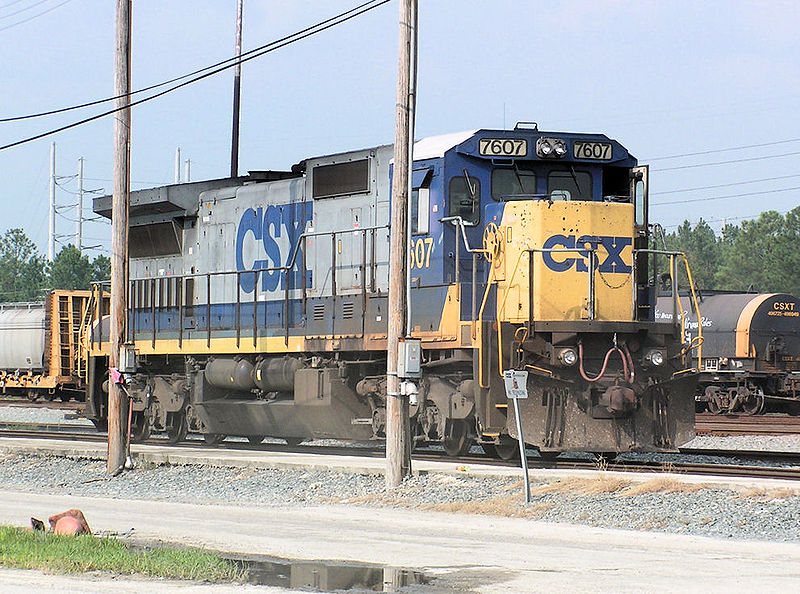EA’s projects have included numerous investigations and characterization assessments for soil, soil vapor, groundwater, and surface water involving solvents, metals, pesticides, 1,4-dioxane, petroleum hydrocarbons/fuels, uranium, hexavalent chromium, perchlorate, polychlorinated biphenyls (PCBs), fertilizers, explosives, radionuclides, and emergent chemicals. The projects have included assessments and investigations under the Resource Conservation and Recovery Act (RCRA), Federal Comprehensive Environmental Response, Compensation, and Liability Act (CERCLA), state Superfund, and state, county and local governments. Projects have ranged in complexity from simple focused evaluations at small sites to sites with multiple potentially responsible parties spanning many square miles
Engineering & Design
Environmental Monitoring & Compliance
Construction Material Testing


© 2022 Engineering Analytics, Inc.